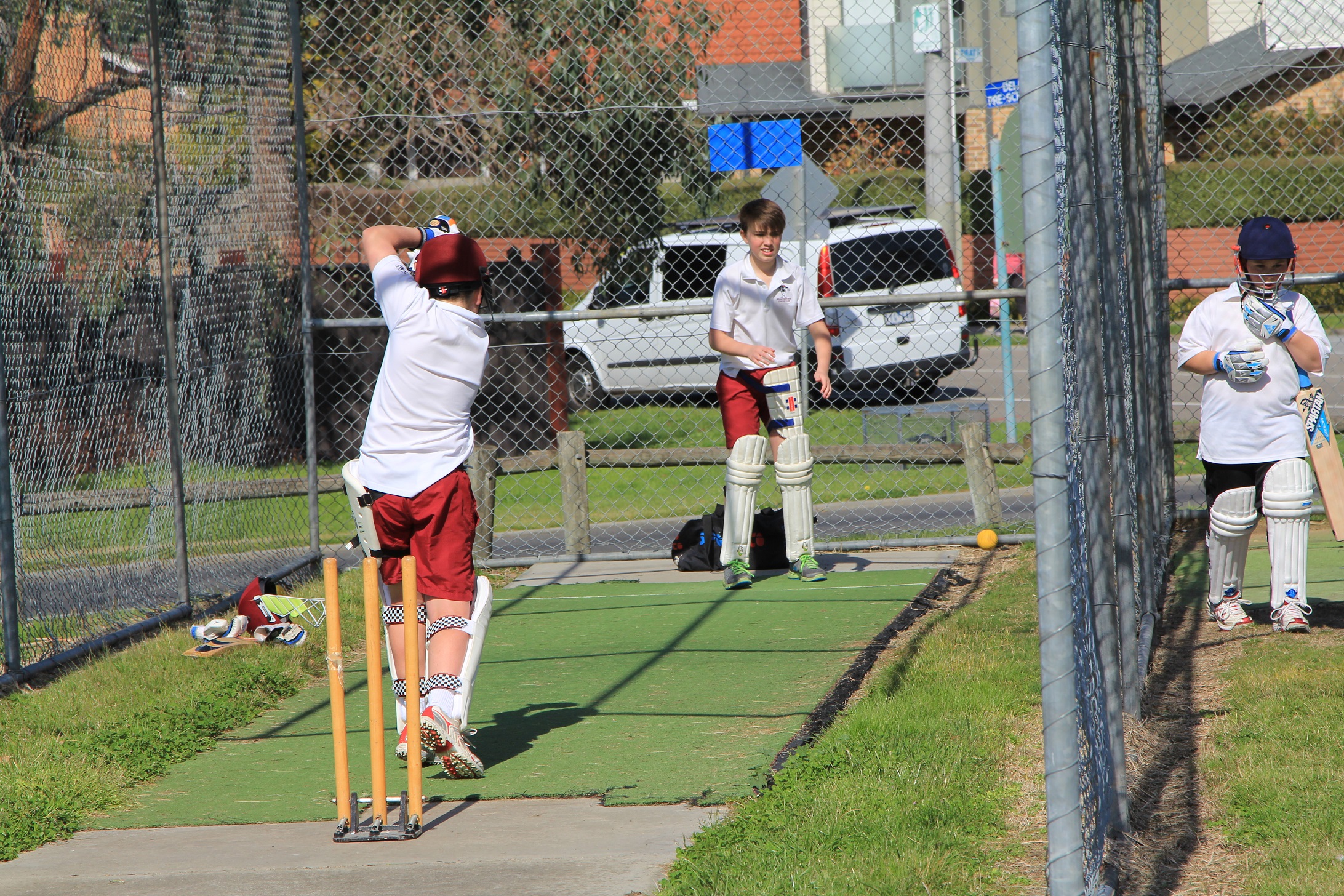A number of principles make up the prescription of training programs, including progressive overload, recovery, specificity and individuality. These principles provide the basis on which we can design programs to prevent injuries and enhance performance.
Progressive overload
To improve fitness, players must be subjected to training loads beyond those to which they are normally accustomed. This will create in them a need to adapt to meet the extra demands. Overload can be achieved by increasing the frequency and volume of training as well as the intensity of the load. The challenge is to produce in the player a need to adapt without going too far and becoming chronically fatigued. Hence, training should begin slowly and progress gradually. For a example, longer, slower running provides a useful endurance fitness foundation for the more intensive short-interval sprints that are required to prepare for fast bowling or running between wickets. Sudden and large increases in volume or intensity can be counterproductive. In the early stages, weekly increases should therefore be kept below 10%. it is also important to alternate harder sessions with easier ones. At the elite level of the game, GPS technology is now used to monitor the output of players so that the intensity of training can be adjusted according to their heart rate and subjective responses to the workout.
Recovery
The overload required to elicit a training response is linked closely to the recovery permitted between training sessions or cycles. We should seek daily subjective feedback from players to gauge their response to the training so that, if necessary, the load can be adjusted.players need an adequate level of protein and carbohydrate in the diet and should promptly replace the fluid lost in sweating. Recovery is also assisted by light exercise and stretching, relaxation techniques, massage and cold water therapy and good sleeping habits.
Specificity
The most appropriate training regime is one that closely simulates the movements and energy systems used in cricket. However, rather than have players just play the game, where the work intensity may sometimes be too low to obtain a significant training effect, you should design cricket related activities such as interval sprints to stimulate the approach of fast bowlers and running between wickets for batters. For example, fast bowlers can be complete a series of 25m-30m sprints at about 90% of top speed with 15sec recovery periods between them. Sets of 6-8 sprints should be interspersed with 60-90sec breaks between sets. you can place cones at the end of the pitch and completes 50 runs while imagining that a series of shots have been played. this might involve running a four after a straight drive, followed by a single for a shot behind square leg and then a two from a cover drive. Again, the practice is designed to simulate the circumstances likely to be encountered in a match.
Individuality
Group training never provides the best training for each player in the squad. Individuals have unique fitness, skill and mental attributes; life styles and work commitments; and responsibilities in the team. their training programs should reflect these differences. prematch warm up and post match recovery routines should also reflect these differences because what may be essential for a fast bowler, for example, may not be as necessary for a fielder.

